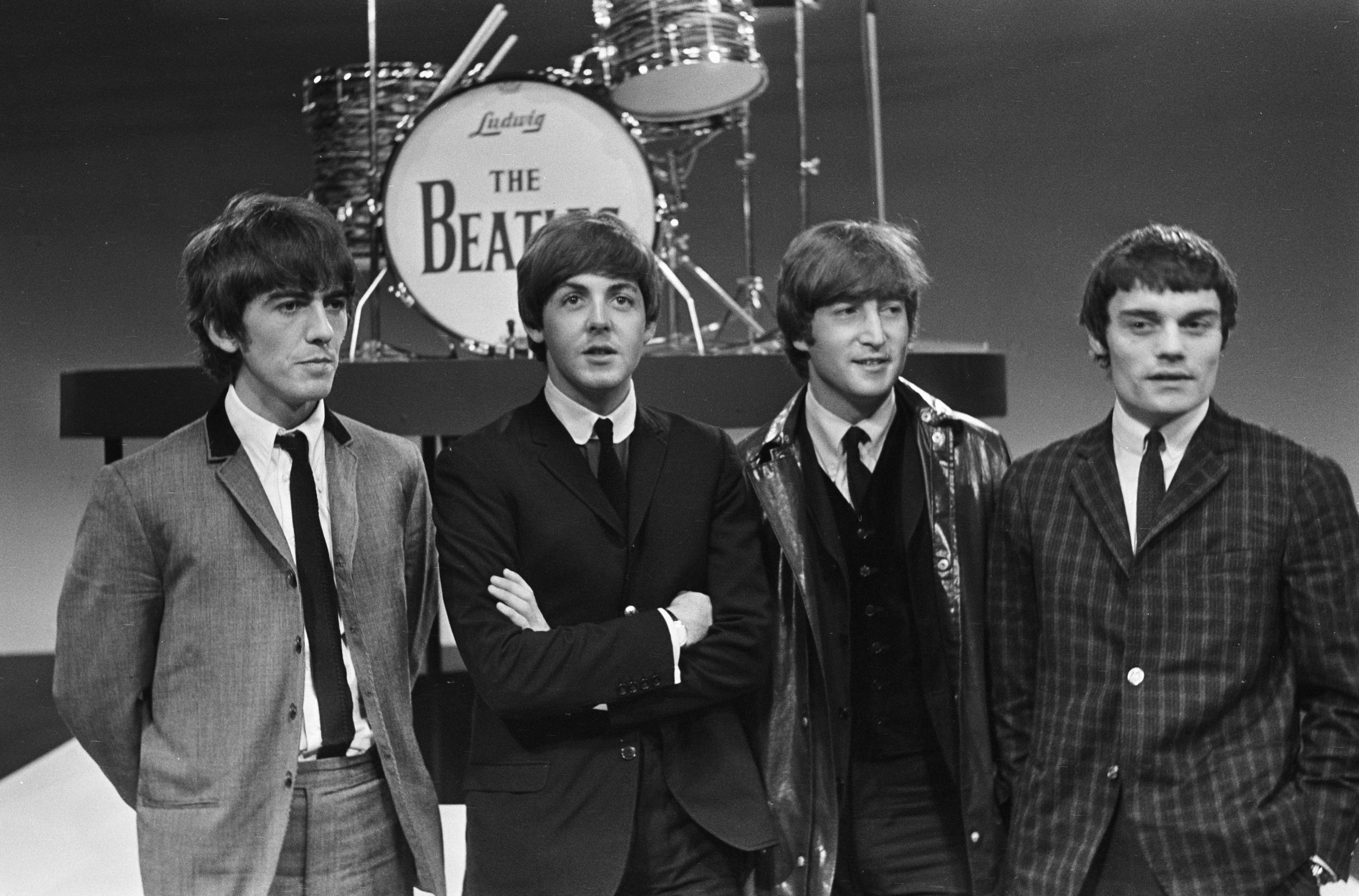Marilyn Monroe finally achieved the American Dream in February 1962, purchasing her first home at 36 years old. Six months later, she was found dead in her master bedroom, surrounded by unpacked boxes and unfulfilled plans. The Spanish Colonial Revival house at 12305 Fifth Helena Drive remains one of Hollywood’s most haunting paradoxes—a sanctuary that became a tomb.
A Fortress That Couldn’t Protect Her
Monroe paid approximately $75,000 for the Brentwood hacienda, crying during the closing because she’d never imagined buying a home without a husband. The 43rd residence of her nomadic life featured red-tile roofing, terracotta floors, and thick gates that promised the privacy she craved. She called it “a fortress where I can feel safe from the world,” spending afternoons in the citrus grove with her poodle, hand-picking Mexican tiles and mirrors to complete her vision.
The home’s most chilling detail? A tile near the front door bearing the Latin inscription “Cursum Perficio”—”My journey ends here.” Originally part of the 1929 builders’ coat of arms, the phrase proved grimly prophetic when Monroe’s housekeeper discovered her body on August 4, 1962.
From Tragedy to Trophy
Monroe’s death triggered an immediate bidding war, with six offers arriving the next day. The property’s value trajectory reads like a macabre investment guide: approximately $75,000 in 1962, $7.25 million in 2017—selling $350,000 above asking on what would have been Monroe’s 91st birthday. California law doesn’t require sellers to disclose deaths after three years, but Monroe’s ghost clearly drives the market.
Decades of renovations have joined the guest house to the main structure and relocated bedroom doors, yet architectural purists still recognize the bones. Two palm trees visible in the crime scene Marilyn’s Last Home photos from August 5, 1962, still stand in the backyard. The ominous Latin tiles remain at the entrance, greeting visitors like a Hollywood fortune cookie gone wrong.
Where Dreams Go to Die
Fans continue leaving flowers at the gates of what’s considered one of Los Angeles County’s “most photographed homes,” treating the cul-de-sac like a secular shrine. Monroe’s Brentwood address has joined the constellation of American tragedy tourism—from Dealey Plaza to Kurt Cobain’s Seattle house—where physical spaces become vessels for collective grief.
The home Monroe described as her haven ultimately couldn’t protect her from the pressures that killed her. But it endures as something more complex than a crime scene: a reminder that even Hollywood’s most luminous stars couldn’t escape the darkness that fame can bring, and some careers have crashed in public in ways that echo through generations. Many celebrities have paid the ultimate price for their fame, joining Monroe in the tragic pantheon of stars whose brilliance was extinguished too soon.


























